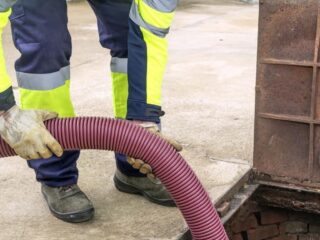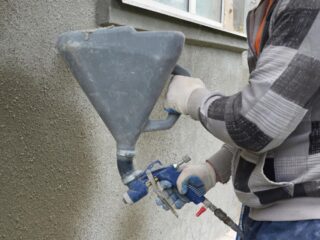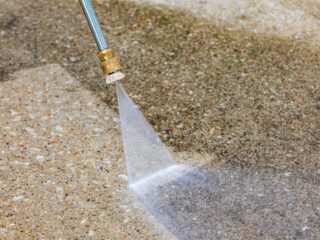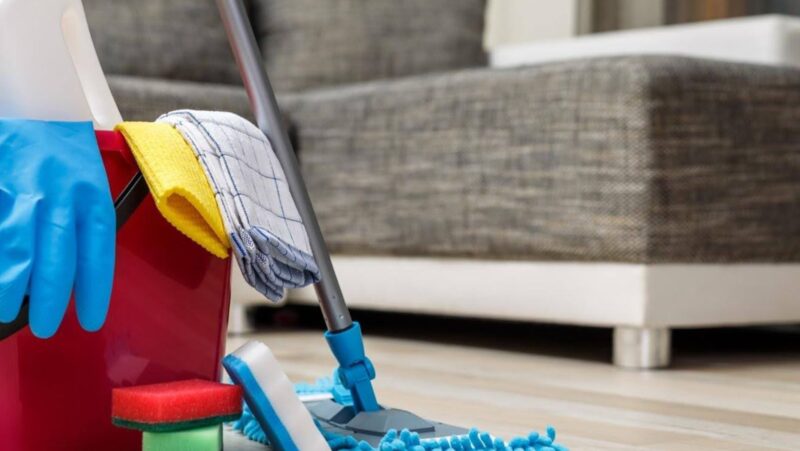
The quality of our indoor environment profoundly affects our health and well-being. Every element of our home—from the air circulating through our rooms to the surfaces we interact with daily—shapes both our immediate comfort and long-term health. Our daily habits, from how we clean to how we ventilate, directly influence the quality of our indoor spaces. This holds true whether you’re living in a sprawling suburban home or a cozy city apartment—creating a healthy indoor environment matters for everyone.
Understanding Indoor Environmental Health
A truly healthy indoor environment balances several critical components: clean air, proper sanitation, appropriate humidity levels, and effective management of allergens. Many homes unwittingly harbor various pollutants—dust accumulation, pet dander, mold particles, and chemical residues from household products. The Environmental Protection Agency’s research reveals a concerning reality: indoor air often contains two to five times more pollutants than outdoor air, potentially triggering allergic reactions, breathing difficulties, and general discomfort.
Key Strategies for Maintaining a Healthy Home
Regular Cleaning and Dust Control
Consistent cleaning forms the foundation of a healthy home environment. Thorough dusting, vacuuming, and mopping help eliminate accumulated allergens and contaminants from your living spaces. Choosing appropriate floor cleaners makes a substantial difference in effectively removing dirt without introducing harmful substances or damaging your floors. Different surfaces demand tailored approaches—hardwood, tile, and carpet each require specific cleaning methods to maintain both cleanliness and structural integrity.
For best results, health experts suggest vacuuming carpeted areas twice weekly and mopping hard surfaces weekly, with increased frequency in heavily used areas or homes with children and pets.
Managing Indoor Air Quality
Good ventilation serves as the foundation of healthy indoor air. Several straightforward practices can significantly improve your home’s air quality:
- Create cross-ventilation by opening windows on opposite sides of your home
- Run exhaust fans during and after cooking or showering
- Replace HVAC filters according to manufacturer recommendations
- Consider room-specific air purifiers for problematic spaces
The products we bring into our homes substantially impact our air quality. Many standard household cleaners, fragrance products, and aerosols emit volatile organic compounds (VOCs) that can irritate airways and degrade overall air quality.
Controlling Humidity and Preventing Mold
Maintaining indoor humidity between 30-50% creates an optimal balance—discouraging mold growth while minimizing dust mites and other allergens. In naturally humid regions, dehumidifiers effectively reduce moisture levels, while humidifiers become essential in drier climates or during winter heating seasons.
Promptly addressing moisture issues—repairing leaks, ensuring proper bathroom ventilation, and using kitchen exhaust when cooking—prevents conditions where mold thrives.
Reducing Chemical Exposure
Countless everyday household items contain potentially harmful chemicals. Building materials, furniture, cleaning solutions, and air fresheners can release VOCs and other irritants throughout your home. Opt for non-toxic alternatives when possible, such as plant-derived cleaners, unscented products, and natural materials.
Proper storage and responsible disposal of household chemicals further contribute to maintaining a healthy indoor environment.
Practical Tips for Long-Term Maintenance
Establishing a consistent schedule for cleaning, maintenance, and periodic home inspections helps ensure lasting indoor environmental health. Distributing responsibilities among household members reinforces healthy habits while sharing the workload. Seasonal deep cleaning and occasional professional assessments can address issues that might escape day-to-day maintenance.
Creating a Healthier Home for Everyone
Cultivating a healthy indoor environment requires attention to multiple interconnected factors: diligent cleaning, thoughtful air quality management, humidity control, and conscious product choices. By implementing the strategies outlined above, you’ll create a living space that genuinely supports your well-being. Remember that even modest, consistent improvements can dramatically enhance your home’s environmental health over time.
The quality of our indoor environment profoundly affects our health and well-being. Every element of our home—from the air circulating through our rooms to the surfaces we interact with daily—shapes both our immediate comfort and long-term health. Our daily habits, from how we clean to how we ventilate, directly influence the quality of our indoor spaces. This holds true whether you’re living in a sprawling suburban home or a cozy city apartment—creating a healthy indoor environment matters for everyone.
Understanding Indoor Environmental Health
A truly healthy indoor environment balances several critical components: clean air, proper sanitation, appropriate humidity levels, and effective management of allergens. Many homes unwittingly harbor various pollutants—dust accumulation, pet dander, mold particles, and chemical residues from household products. The Environmental Protection Agency’s research reveals a concerning reality: indoor air often contains two to five times more pollutants than outdoor air, potentially triggering allergic reactions, breathing difficulties, and general discomfort.
Key Strategies for Maintaining a Healthy Home
Regular Cleaning and Dust Control
Consistent cleaning forms the foundation of a healthy home environment. Thorough dusting, vacuuming, and mopping help eliminate accumulated allergens and contaminants from your living spaces. Choosing appropriate floor cleaners makes a substantial difference in effectively removing dirt without introducing harmful substances or damaging your floors. Different surfaces demand tailored approaches—hardwood, tile, and carpet each require specific cleaning methods to maintain both cleanliness and structural integrity.
For best results, health experts suggest vacuuming carpeted areas twice weekly and mopping hard surfaces weekly, with increased frequency in heavily used areas or homes with children and pets.
Managing Indoor Air Quality
Good ventilation serves as the foundation of healthy indoor air. Several straightforward practices can significantly improve your home’s air quality:
- Create cross-ventilation by opening windows on opposite sides of your home
- Run exhaust fans during and after cooking or showering
- Replace HVAC filters according to manufacturer recommendations
- Consider room-specific air purifiers for problematic spaces
The products we bring into our homes substantially impact our air quality. Many standard household cleaners, fragrance products, and aerosols emit volatile organic compounds (VOCs) that can irritate airways and degrade overall air quality.
Controlling Humidity and Preventing Mold
Maintaining indoor humidity between 30-50% creates an optimal balance—discouraging mold growth while minimizing dust mites and other allergens. In naturally humid regions, dehumidifiers effectively reduce moisture levels, while humidifiers become essential in drier climates or during winter heating seasons.
Promptly addressing moisture issues—repairing leaks, ensuring proper bathroom ventilation, and using kitchen exhaust when cooking—prevents conditions where mold thrives.
Reducing Chemical Exposure
Countless everyday household items contain potentially harmful chemicals. Building materials, furniture, cleaning solutions, and air fresheners can release VOCs and other irritants throughout your home. Opt for non-toxic alternatives when possible, such as plant-derived cleaners, unscented products, and natural materials.
Proper storage and responsible disposal of household chemicals further contribute to maintaining a healthy indoor environment.
Practical Tips for Long-Term Maintenance
Establishing a consistent schedule for cleaning, maintenance, and periodic home inspections helps ensure lasting indoor environmental health. Distributing responsibilities among household members reinforces healthy habits while sharing the workload. Seasonal deep cleaning and occasional professional assessments can address issues that might escape day-to-day maintenance.
Creating a Healthier Home for Everyone
Cultivating a healthy indoor environment requires attention to multiple interconnected factors: diligent cleaning, thoughtful air quality management, humidity control, and conscious product choices. By implementing the strategies outlined above, you’ll create a living space that genuinely supports your well-being. Remember that even modest, consistent improvements can dramatically enhance your home’s environmental health over time.












